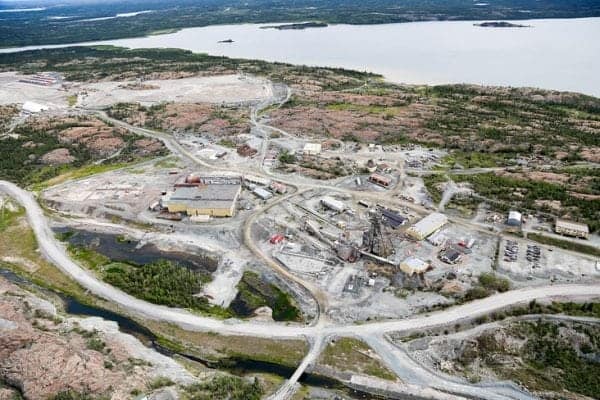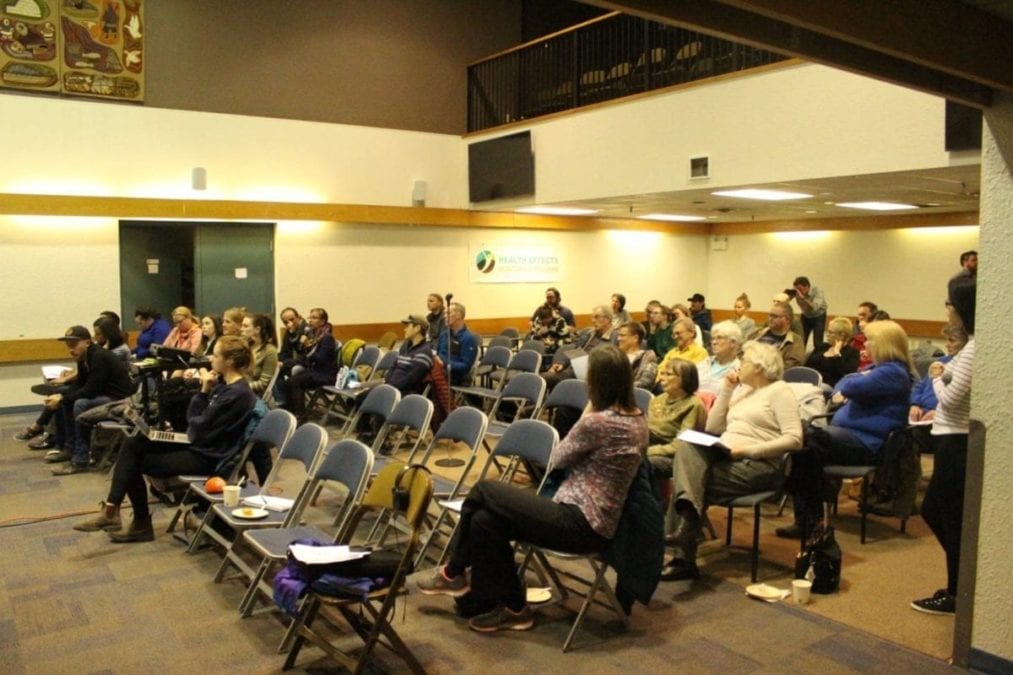A long-awaited study shows there is virtually no difference between the average arsenic levels of people living in the Yellowknife area and ordinary Canadians.

NNSL photo

Brett McGarry/NNSL photo.
"We conclude that there is minimal immediate health risk to the participants, but we continue to follow up," said Dr. Laurie Chan, the University of Ottawa specialist who is leading the study.
During a presentation at Northern United Place on Wednesday, Chan said researchers came to this conclusion after analyzing urine, saliva and toenail samples from 2,037 residents in Yellowknife, Ndilo and Dettah.
The arsenic levels in adults were nearly the same as the Canadian average. Children had slightly higher levels than average Canadian children but not by much.
The likely cause of the disparity is that children spend more time outdoors where they're exposed to soil, said Chan.
The average level of arsenic in Canadian adults and children is 5.6 nanograms per litre. A dangerous arsenic level is 21 nanograms per litre, according to the new study.
Eating traditional foods such as wild meats, fish, mushrooms and berries would likely increase an individuals arsenic level, it states.
In total, 890 randomly selected samples were tested, meaning each participant represented roughly 20 other residents.

image courtesy of the Health Effects Monitoring Program
The study also accepted samples from 867 volunteers, but noted the bias from volunteer samples would be higher as they would "likely suspect they would have higher contaminant levels."
Samples from the randomly selected and volunteer groups were compared to samples collected from the general Canadian population through the Canadian Health Measures Survey.
Chan said he is very confident in both the methods used to conduct the study and the results obtained.
The study, one of over 20 conditions set out by the Giant Mine cleanup, was designed to test arsenic levels in residents before and after remediation.
A followup study will take place in 2020.
The news comes after years of concerns related to arsenic contamination from Giant Mine, which opened in 1948 and operated for close to 50 years.
The process of roasting ore to extract gold produced deadly arsenic trioxide dust, which contaminated the environment around Yellowknife.


